In Nghi Xuan district, more than 300 hectares of rice in the communes of Dan Truong, Xuan Hoi, Xuan Pho, Xuan Giang... expected to bloom before April 25 are in the "sights" of rice blast disease.
Mr. Phan Trong Tri - Vice Chairman of Dan Truong Commune People's Committee said: "In the spring crop of 2025, the whole commune will plant on an area of 250 hectares, mainly N24, XT28 varieties... which are in the old panicle stage, the rice is expected to bloom before April 24. The weather at this stage is still lacking light, and the rain and humidity can easily cause the neck blast disease to damage the previous leaf and neck blast lesions. This is the "crucial" time that determines the yield at the end of the crop, so the commune is continuously informing the disease's progress so that people can proactively spray to prevent it."
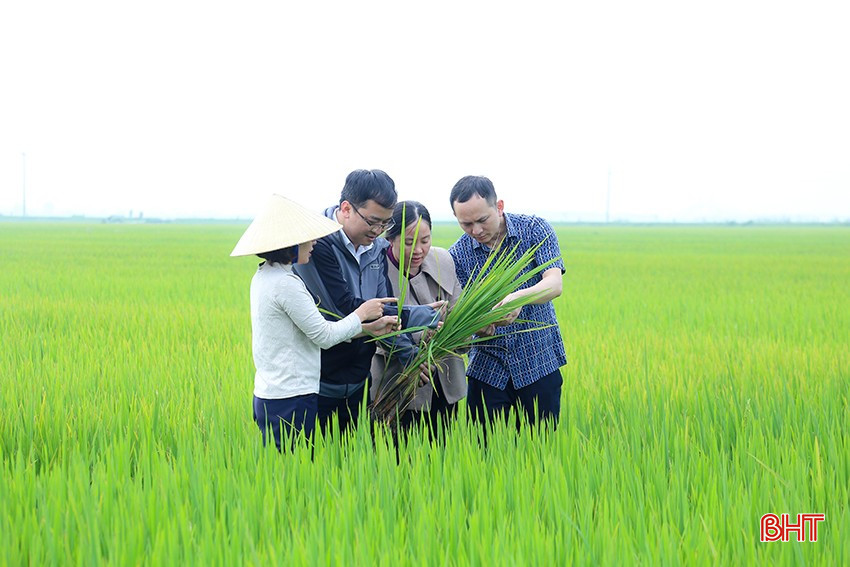
According to information from the Department of Agriculture and Environment of Nghi Xuan district, in the spring crop, the whole district planted on an area of over 3,200 hectares. Currently, traces of rice blast disease on leaves still remain, this is a factor that easily causes leaf blast disease to transition to rice blast disease in vulnerable communes such as Dan Truong, Xuan Hoi, Xuan Giang,...
Therefore, the specialized sector is directing localities to closely monitor weather developments during the rice flowering period. Early flowering areas encountering unfavorable weather conditions such as cloudy skies, rain at night, high humidity, prolonged fog, etc. need to be propagated and directed to spray disease prevention in a timely manner with drugs containing active ingredients such as Tricyclazole, Fenoxanil, Trifloxystrobin + Tebuconazole, etc. according to the "4 rights" principle. In high-risk areas, farmers are instructed to spray twice (the first time when the rice is 3-5% flowering, the second time when the rice has fully emerged).
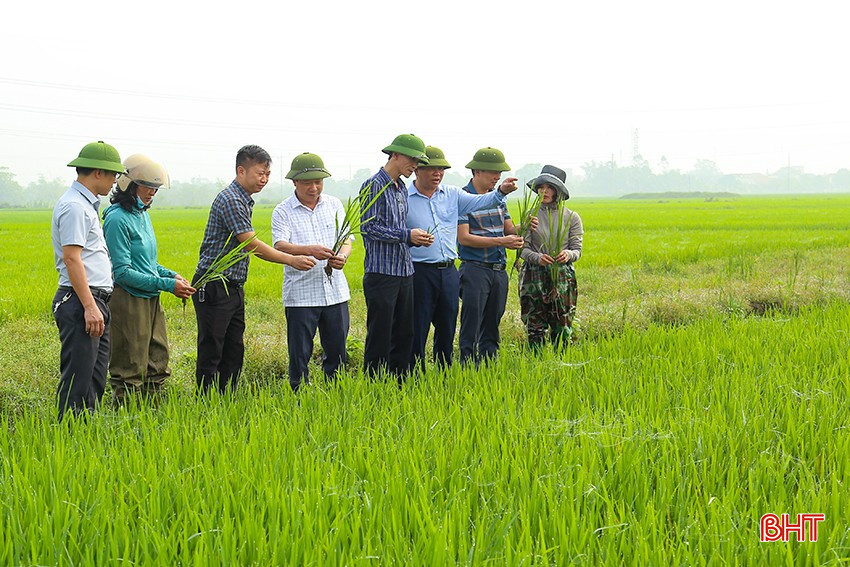
Recently, the Plant Protection Center of Region IV (Department of Crop Production & Plant Protection), Department of Agriculture and Environment of Ha Tinh province also inspected the rice blast disease situation on spring rice in Cam Xuyen district. According to local reports, rice blast disease has appeared sporadically in Cam Quan, Cam Duong, Cam Hung communes, ... with a common infection rate of 3 - 5%, locally from 5 - 7%, mainly on Khang Dan 18, Bac Thinh, BT09 varieties, ... The pathogen is already present in the fields, combined with unfavorable weather conditions of humidity, drizzle, and prolonged fog, so the risk of rice blast disease arising and spreading during the flowering period in the locality is very high.
Ms. Tran Thi Van (My Am village, Cam Quan commune, Cam Xuyen) said: “Some varieties grown in the area such as Thai Xuyen 111, Khang Dan 18, ... have had rice blast disease. According to the experience of the people, the weather this time has dense fog at night and early morning, which makes the fungal spores develop and spread quickly. I am not subjective and have to visit the fields regularly, check each field, and wait for the rice to bloom so that I know when to spray to prevent it.”
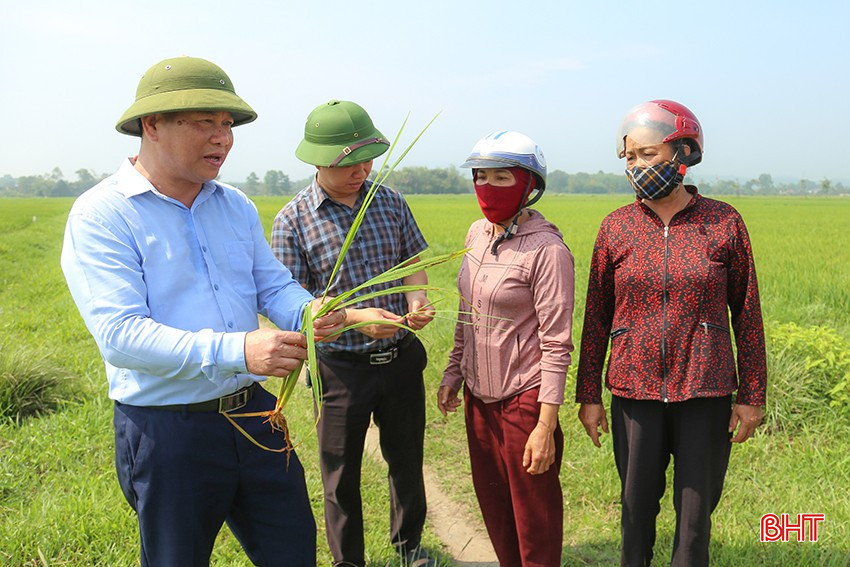
In the 2025 spring crop, Ha Tinh planted more than 59,000 hectares of rice, currently in the panicle formation stage, some areas were planted early in the panicle stage; the expected flowering time for rice is before April 24, about 3,000 hectares, concentrated in some areas without proactive irrigation in communes such as: Dan Truong, Xuan Hoi, Xuan Giang (Nghi Xuan); Huong Giang, Huong Thuy, Phu Gia (Huong Khe); Mai Phu, Thach My, Thach Son (Thach Ha); flooded summer-autumn areas in communes outside De (Duc Tho), Kim Song Truong (Can Loc); the flowering area from April 25 to May 5 is about more than 56,000 hectares distributed throughout the province.
More worryingly, in the coming time, it is forecasted that there will be many monsoons (April 13-17; April 20-23; May 2-5) accompanied by continuous rain and low temperatures. Along with that, the source of the fungus causing rice blast disease has accumulated quite a lot in the fields. These factors create favorable conditions for the disease to arise, develop and risk causing damage to the productivity and output of spring rice. "Vulnerable" localities such as Cam Xuyen, Duc Tho, Nghi Xuan, Can Loc... need to pay special attention to monitoring the development of the disease in the coming time.
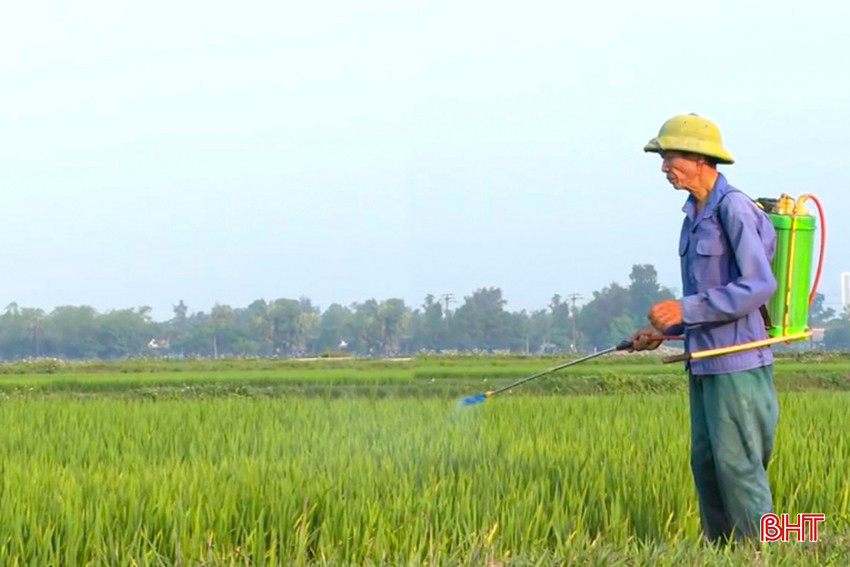
Recently, the Chairman of the Provincial People's Committee has issued a document requesting the Chairman of the District People's Committee to direct specialized units and the People's Committees of communes, wards and towns to assign cadres to closely follow the fields and carry out well the work of investigation, detection, prediction and forecasting.
Check the growth status, determine the flowering time of each rice crop, each field, each ecological zone, each variety, focusing on areas planted with varieties susceptible to rice blast disease such as: P6, ADI168, Thai Xuyen 111, VNR20, HN6..., areas recently infected with rice blast disease, areas at risk of infection; implement timely and effective disease prevention solutions; absolutely do not let diseases arise and cause widespread damage.
Source: https://baohatinh.vn/mua-am-keo-dai-lo-benh-dao-on-co-bong-gay-hai-lua-xuan-post285849.html



![[Photo] Touching images recreated at the program "Resources for Victory"](https://vstatic.vietnam.vn/vietnam/resource/IMAGE/2025/4/14/99863147ad274f01a9b208519ebc0dd2)
![[Photo] Opening of the 44th session of the National Assembly Standing Committee](https://vstatic.vietnam.vn/vietnam/resource/IMAGE/2025/4/14/03a1687d4f584352a4b7aa6aa0f73792)
![[Photo] Children's smiles - hope after the earthquake disaster in Myanmar](https://vstatic.vietnam.vn/vietnam/resource/IMAGE/2025/4/14/9fc59328310d43839c4d369d08421cf3)
![[Photo] General Secretary To Lam chairs the third meeting to review the implementation of Resolution No. 18-NQ/TW](https://vstatic.vietnam.vn/vietnam/resource/IMAGE/2025/4/14/10f646e55e8e4f3b8c9ae2e35705481d)

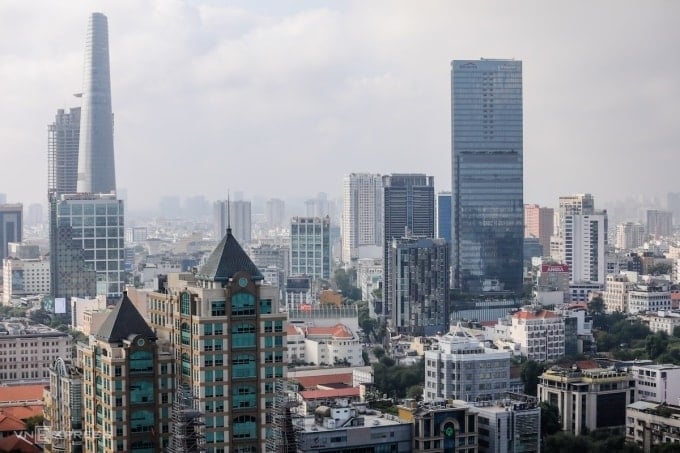
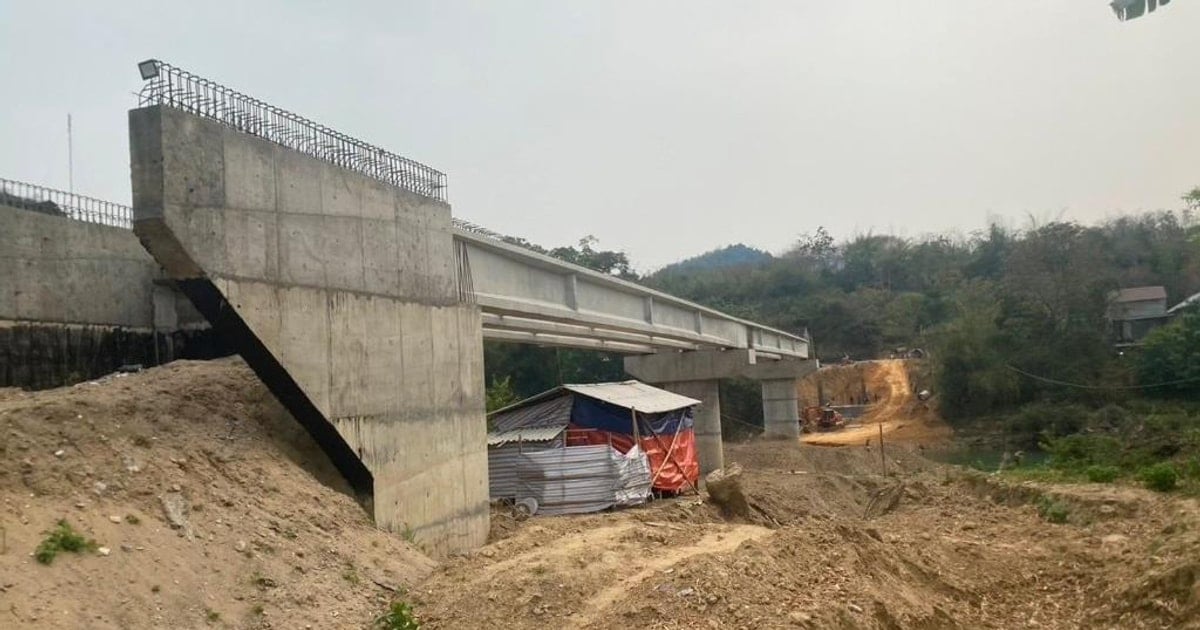

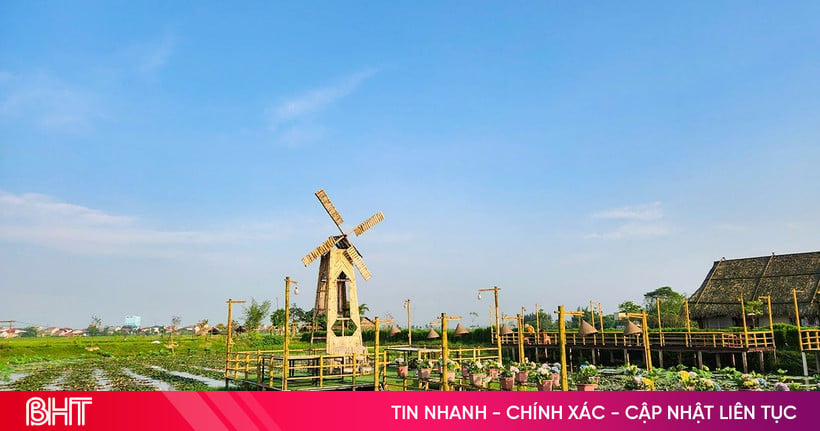
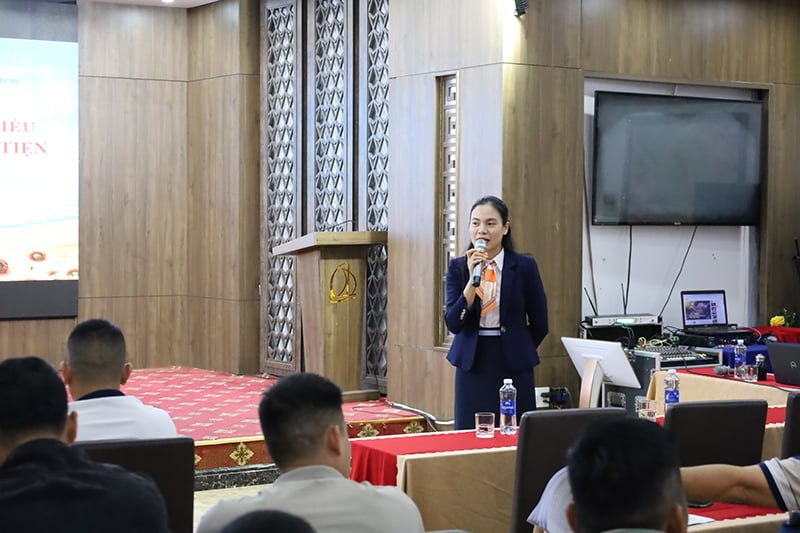





























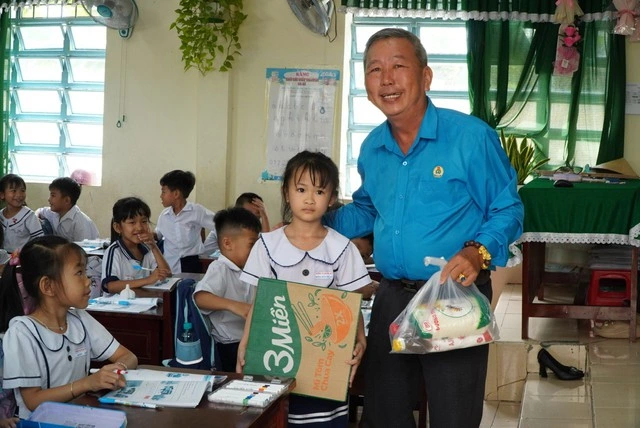





















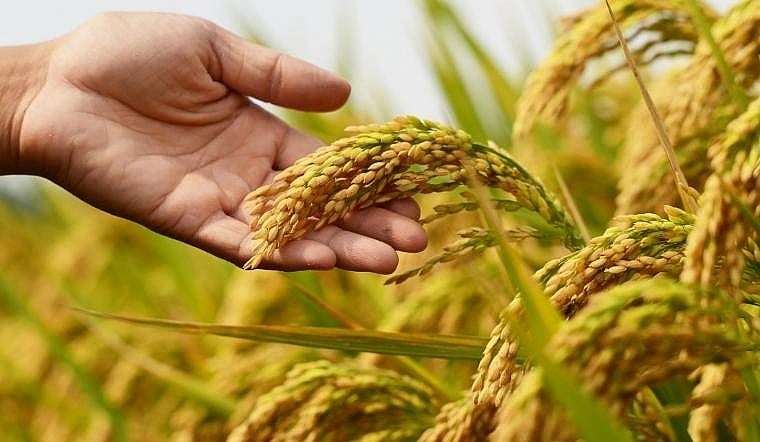

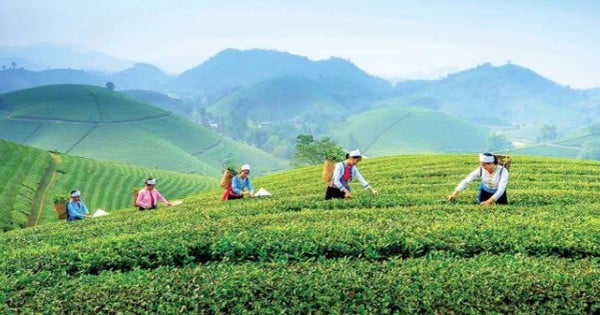




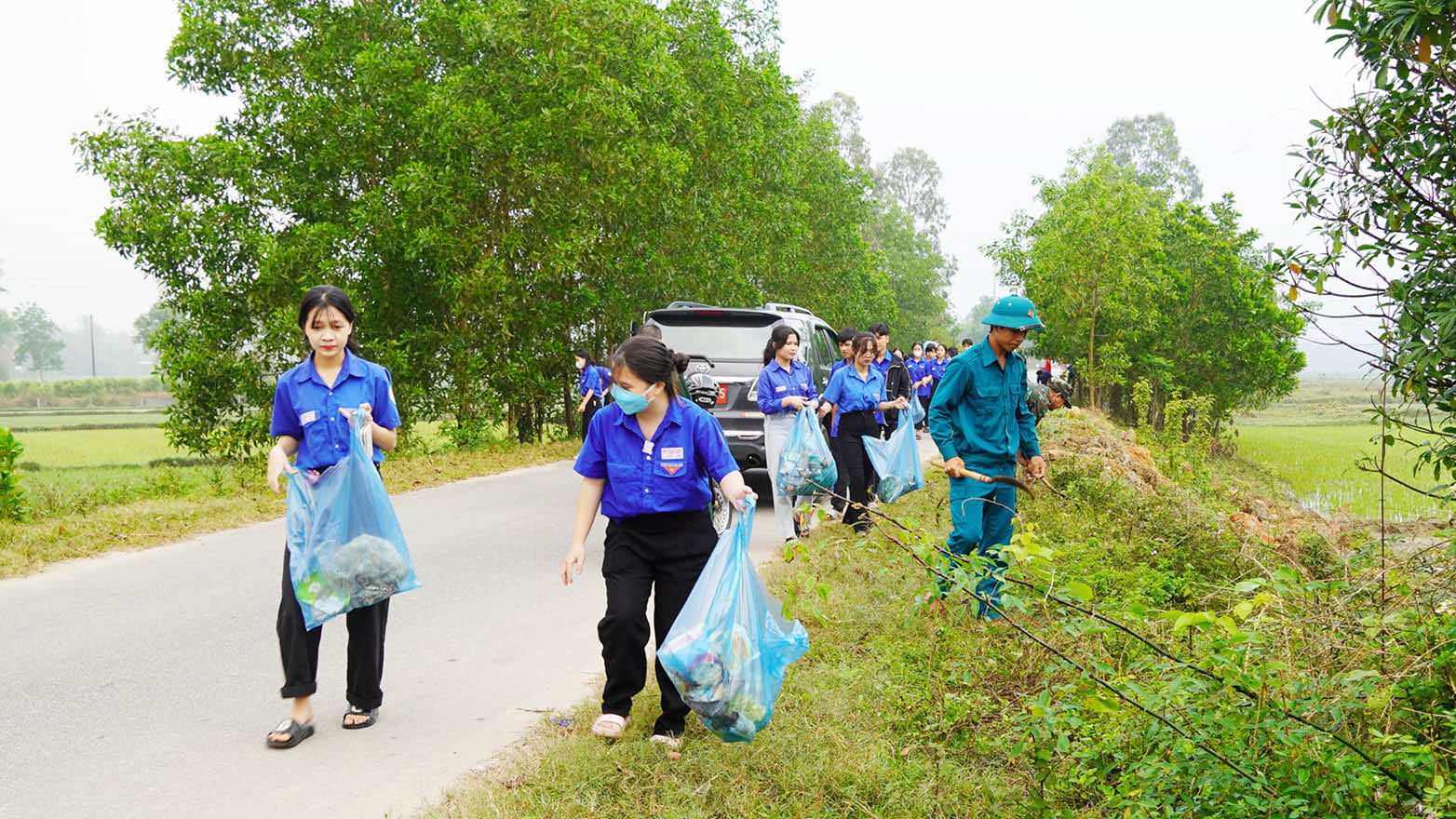


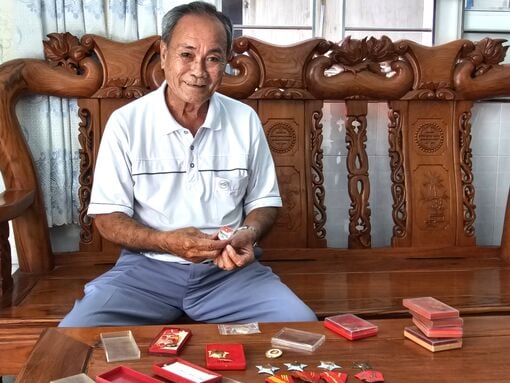

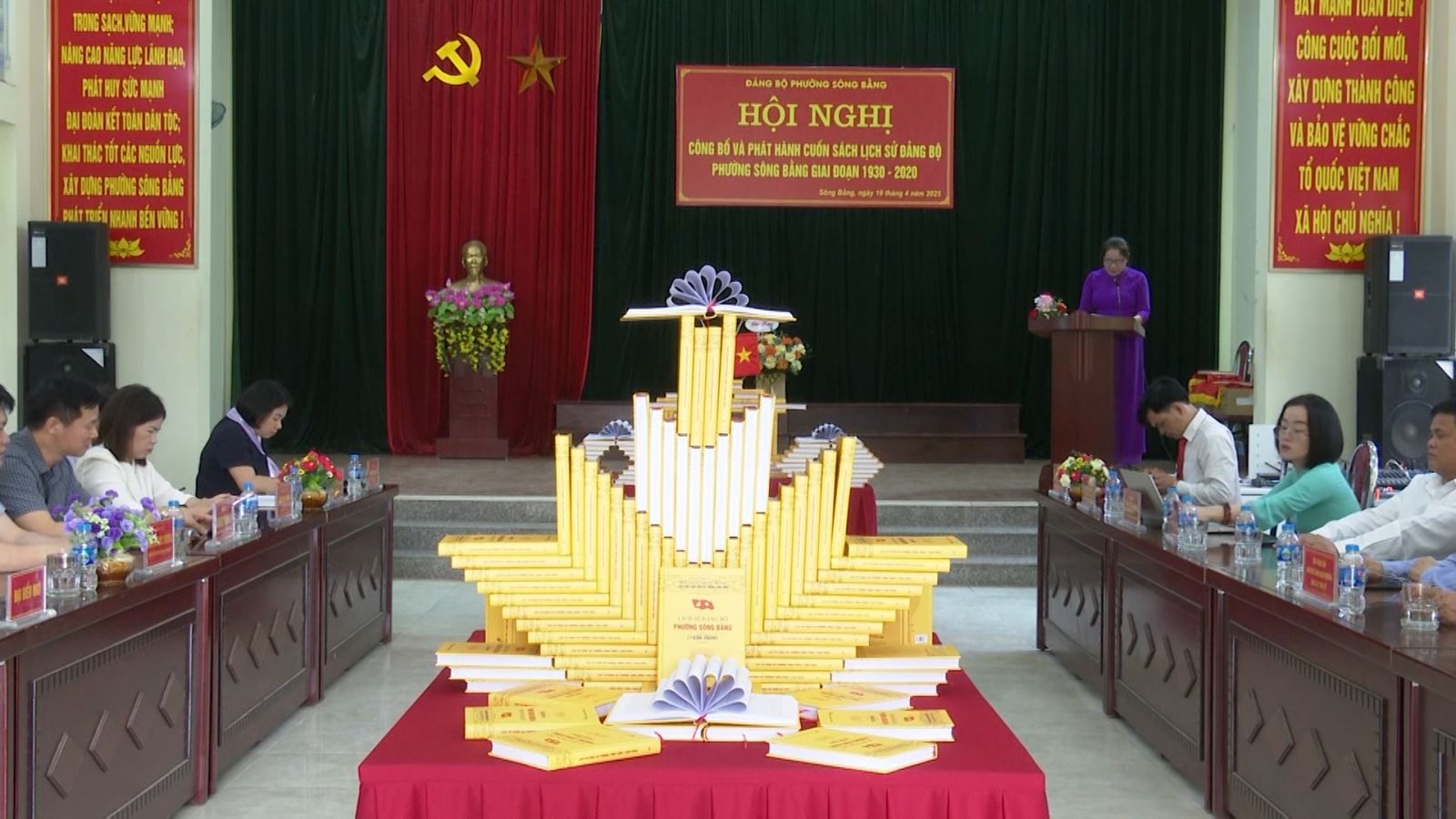
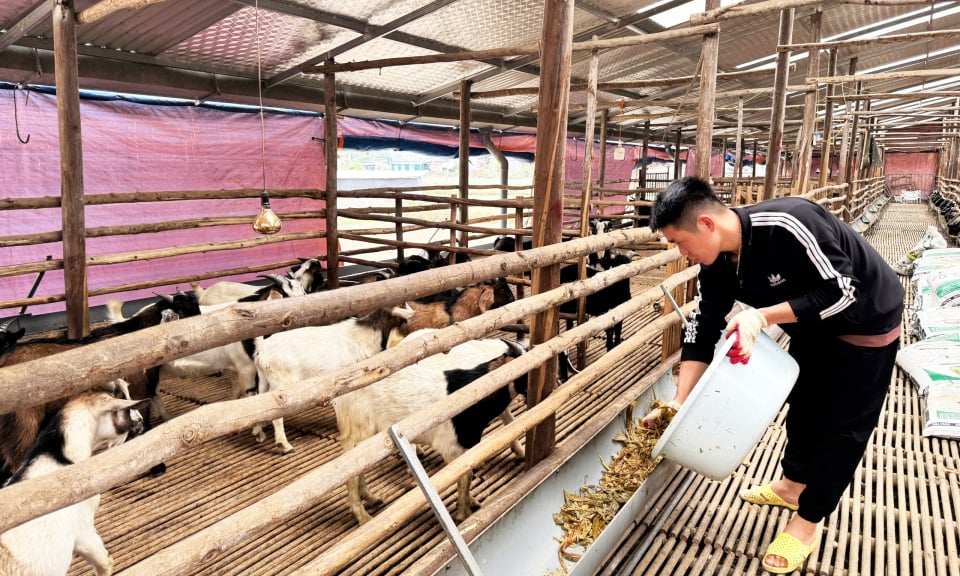









Comment (0)